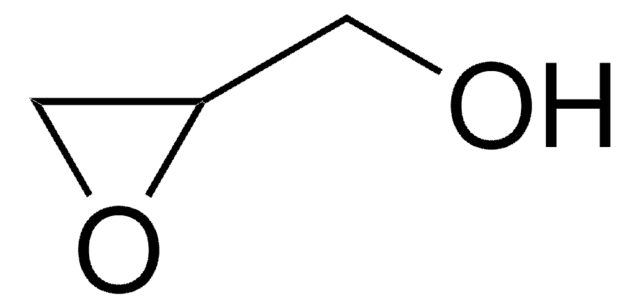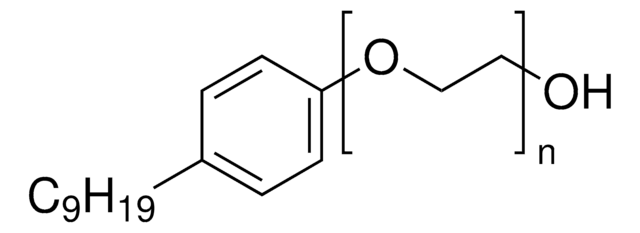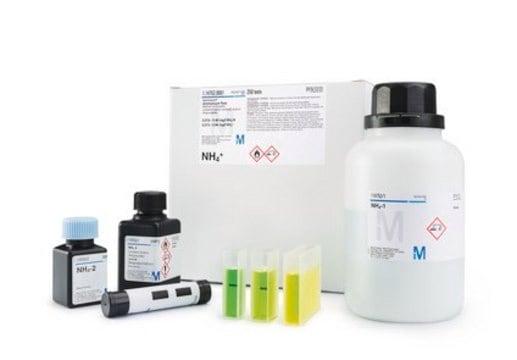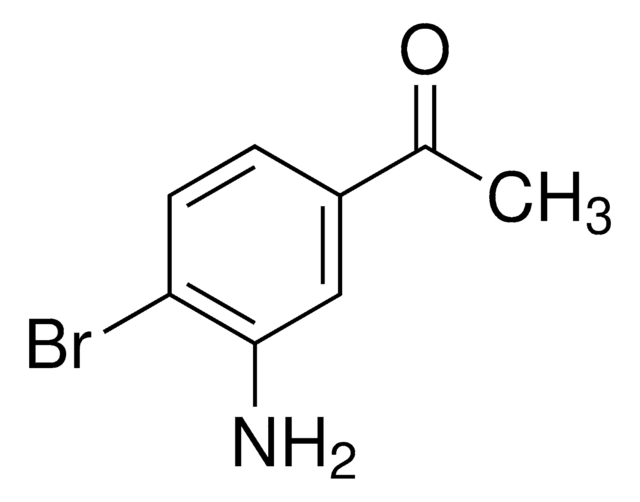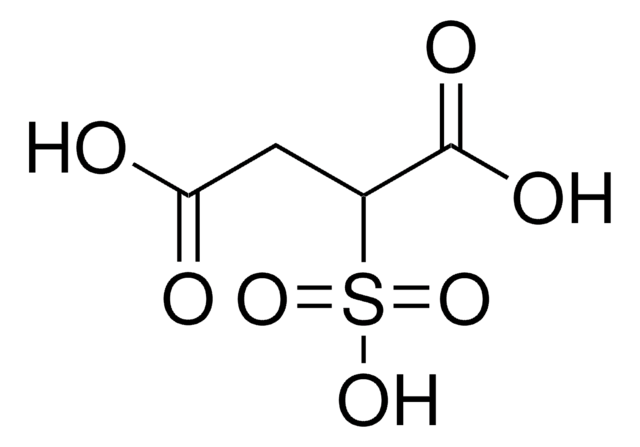50053
Glycidyltrimethylammonium chloride
technical, ≥90% (calc. based on dry substance, AT)
Synonym(s):
(2,3-Epoxypropyl)trimethylammonium chloride
About This Item
Recommended Products
grade
technical
Quality Level
Assay
≥90% (calc. based on dry substance, AT)
impurities
2-4% chlorohydrin
20-25% water
density
1.13 g/mL at 20 °C (lit.)
storage temp.
2-8°C
SMILES string
[Cl-].C[N+](C)(C)CC1CO1
InChI
1S/C6H14NO.ClH/c1-7(2,3)4-6-5-8-6;/h6H,4-5H2,1-3H3;1H/q+1;/p-1
InChI key
PUVAFTRIIUSGLK-UHFFFAOYSA-M
Looking for similar products? Visit Product Comparison Guide
General description
Application
Caution
related product
Signal Word
Danger
Hazard Statements
Precautionary Statements
Hazard Classifications
Acute Tox. 4 Dermal - Acute Tox. 4 Inhalation - Acute Tox. 4 Oral - Aquatic Chronic 3 - Carc. 1B - Eye Dam. 1 - Muta. 2 - Repr. 1B - Skin Sens. 1 - STOT RE 2 - STOT SE 2
Target Organs
Kidney
Storage Class Code
6.1C - Combustible acute toxic Cat.3 / toxic compounds or compounds which causing chronic effects
WGK
WGK 3
Flash Point(F)
338.0 °F - closed cup
Flash Point(C)
170 °C - closed cup
Personal Protective Equipment
Choose from one of the most recent versions:
Already Own This Product?
Find documentation for the products that you have recently purchased in the Document Library.
Customers Also Viewed
Our team of scientists has experience in all areas of research including Life Science, Material Science, Chemical Synthesis, Chromatography, Analytical and many others.
Contact Technical Service

![[2-(Acryloyloxy)ethyl]trimethylammonium chloride solution 80 wt. % in H2O, contains 600 ppm monomethyl ether hydroquinone as inhibitor](/deepweb/assets/sigmaaldrich/product/structures/393/326/f7e19585-5431-4220-81b5-f458de6d63d0/640/f7e19585-5431-4220-81b5-f458de6d63d0.png)

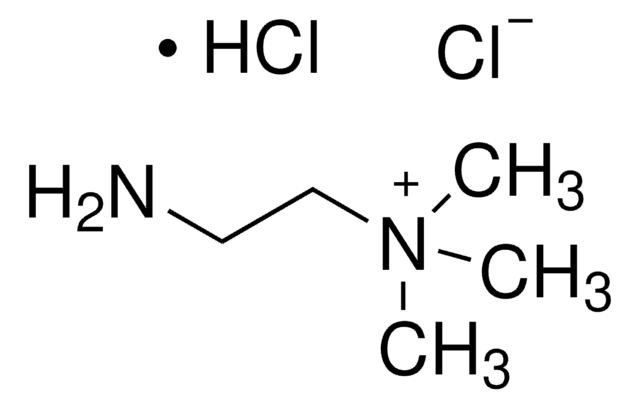

![[2-(Methacryloyloxy)ethyl]trimethylammonium chloride solution 75 wt. % in H2O](/deepweb/assets/sigmaaldrich/product/structures/316/612/66b0f4cf-d060-427d-b4f5-e8fab3e5cffe/640/66b0f4cf-d060-427d-b4f5-e8fab3e5cffe.png)
